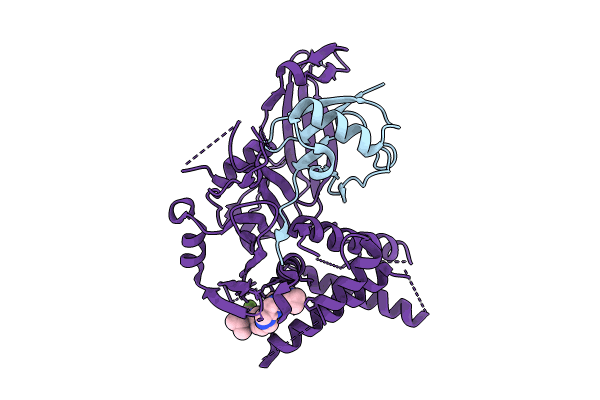
Deposition Date
2024-05-15
Release Date
2024-09-04
Last Version Date
2024-09-25
Entry Detail
PDB ID:
9FCI
Keywords:
Title:
USP1 bound to KSQ-4279 and ubiquitin conjugated to FANCD2 (focused refinement)
Biological Source:
Source Organism:
Homo sapiens (Taxon ID: 9606)
Host Organism:
Method Details:
Experimental Method:
Resolution:
3.20 Å
Aggregation State:
PARTICLE
Reconstruction Method:
SINGLE PARTICLE


